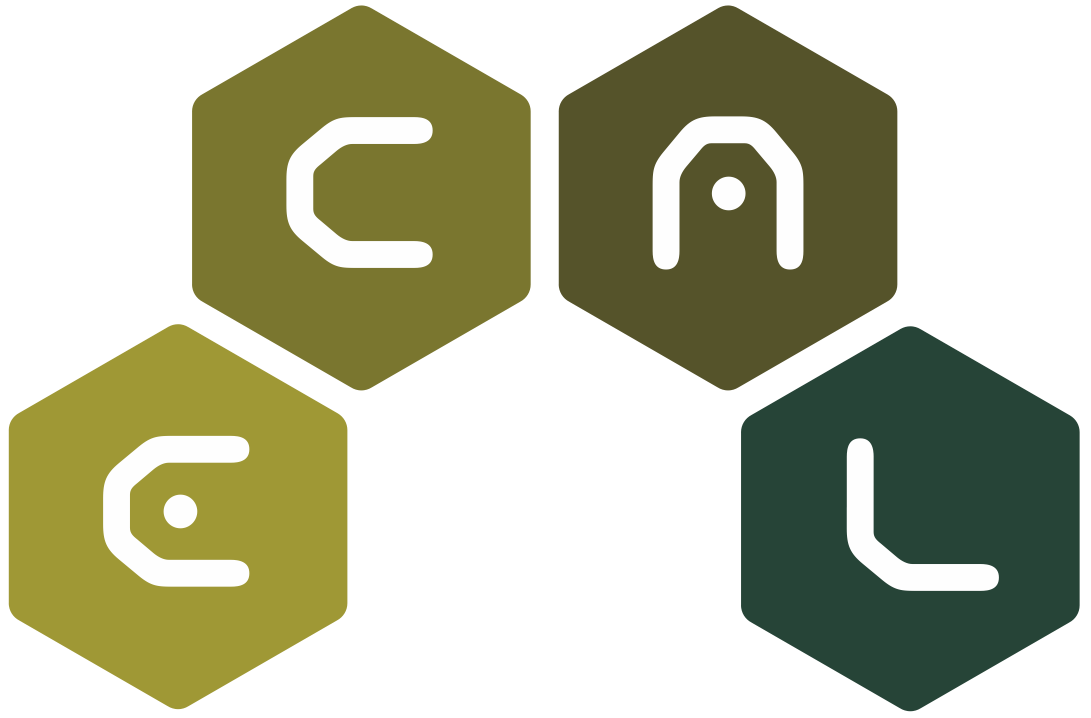Title
Unraveling the genotype-phenotype map of evolving digital organisms

Unraveling the genotype-phenotype map of evolving digital organisms
Download via this paper's page on the MIT Press ECAL 2015 Proceedings website.
Digital evolution is a form of evolutionary computation in which self-replicating computer programs—digital organisms—evolve within a user-defined computational environment. This experimental tool provides a unique framework to explore the structure of a genotype-phenotype map. In this map, the sequence of instructions constitutes the genome of digital organisms and defines its genotype. In addition to produce an offspring, a digital organism may be capable of computing one or more logic operations (tasks) by executing the instructions of its genome. We call the number and identity of the tasks it can perform as the organism’s phenotype. The ability to preserve the phenotype under genetic mutations (robustness) leads to the existence of genotype networks (i.e., a continuous network of genotypes—in which two genotypes are connected if one can be converted into another by a single point genetic mutation—having all the same phenotype). Indeed, genotype networks are indispensable for evolutionary innovations because they allow the exploration of novel phenotypes while preserving the old ones. This ongoing project will show that only the rare and complex phenotypes allow substantial innovation, and even those are constrained to a few common, simple and robust novel phenotypes.